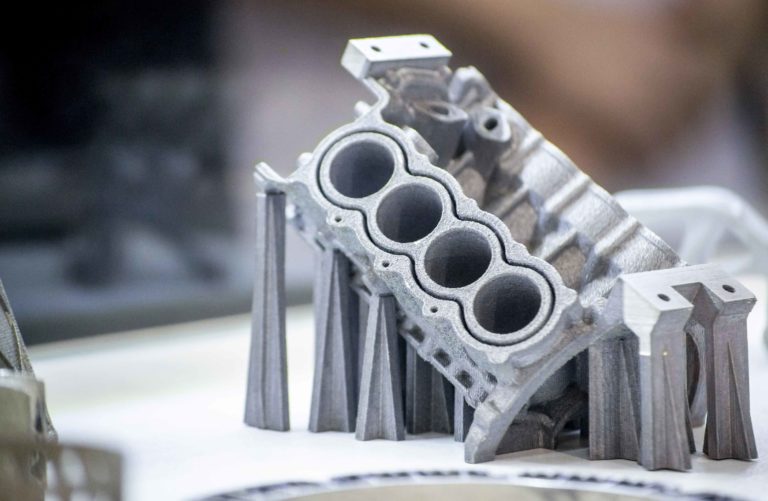Additive Manufacturing with Tungsten Powder
Additive manufacturing with tungsten powder is in the early stages but has been gaining traction. Additive manufacturing describes the process of adding only the materials necessary to produce a part. Subtractive manufacturing on the other hand refers to taking materials away from a larger piece through processes such as machining or grinding. 3D printing of tungsten powder is an additive manufacturing process.
Powder Bed Fusion and Binder Jetting are two additive manufacturing technologies in use with tungsten powders. These methods have proven effective as rapid prototyping tools to make models of parts before scaling them to full production. 3D printing allows a single model of complex designs to be made to help identify potential problems quickly. As a result, corrections to the actual geometry of a part can be made before continuing the design or manufacturing processes. This makes additive manufacturing of immense benefit to designers and engineers in particular.
Additive Manufacturing Challenges
While there are many advantages to additive manufacturing with tungsten, there are obstacles to scaling the technology for mass production. In most cases it takes longer and is more expensive to make parts. At this time an additional challenge has been achieving the same material properties in the finished tungsten parts. As the additive manufacturing industry develops, efficiencies will reduce manufacturing costs. When this happens opportunities will arise to do larger production runs of parts as the quality improves. Right now there is ongoing research to solve these problems to make additive manufacturing with tungsten powder more practical on a large scale.
Binder Jetting vs Powder Bed Fusion
The binder jetting process for 3D printing uses binders to adhere thin layers of tungsten powder or tungsten alloy powders together. It does not require heat, which makes it faster and less expensive than Powder Bed Fusion. The result is a green part that requires sintering to heat it up and bond the tungsten powder together. The parts will shrink during sintering as the binders melt, so it does not have the same level of accuracy as Powder Bed Fusion.
The Powder Bed Fusion method of 3D printing involves melting the tungsten powders with a laser or electron beam. This makes the necessary equipment more expensive. Each layer also takes longer to print, so it is slower than Binder Jetting. On the plus side it allows for more complex geometries and more accurate parts right off the printer.
In Summary
In summary, additive manufacturing with tungsten powder will continue to grow as costs come down and research continues to improve the properties of finished products. Binder Jetting and Powder Bed Fusion each have pros and cons. Understanding the benefits and limitations of each technology will help you know which to use for your application. Metal AM provides some additional general information about the industry. You can also contact Buffalo Tungsten to see which our our tungsten powders or tungsten alloy powders will work the best for your additive manufacturing applications.

